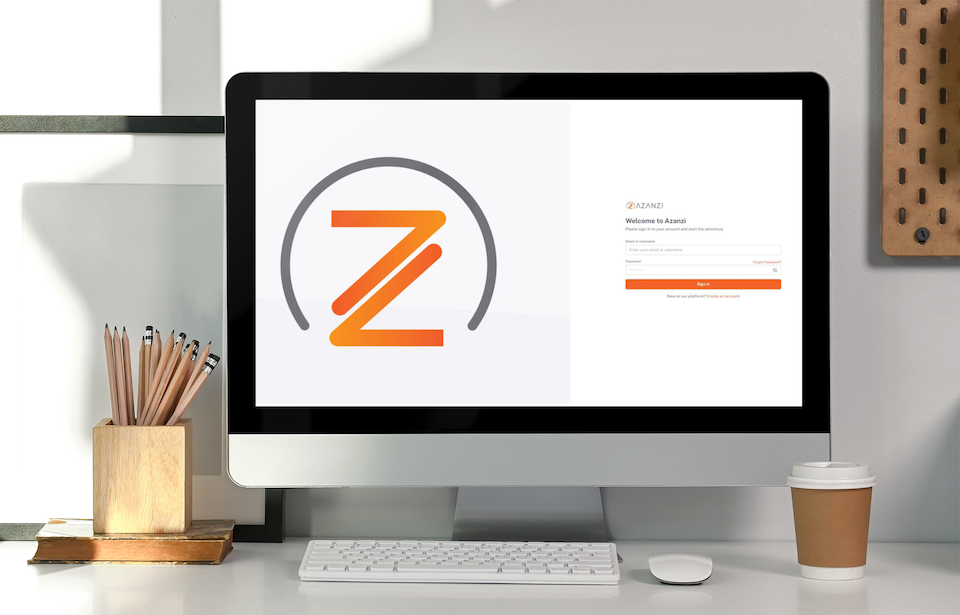

Supply chains are the backbone of modern business, but as organisations become increasingly interconnected, cyber threats have grown exponentially. Many companies rely on third-party vendors for essential services, making them susceptible to cyber risks that originate outside their direct control. A single weak link in the supply chain can have devastating consequences, from data breaches to operational disruptions. In this blog, we explore the key cyber risks of using third parties in the supply chain, real-world examples, and steps organisations can take to protect themselves.
Many organisations share sensitive data with suppliers, such as customer information, financial records, and intellectual property. If a third-party vendor lacks robust cyber security measures, hackers can exploit these weaknesses to gain unauthorised access to valuable data.
Example: In 2013, the massive Target data breach occurred due to a compromised HVAC vendor. Cybercriminals gained access to Target’s network through stolen credentials from the third party, resulting in the exposure of 40 million customer credit card details. It was estimated to have cost about $236 million in total expenses and there were more than 140 lawsuits filed against the company. (Source)
Ransomware has become a major threat in supply chain security. Attackers target vendors with weak security postures and use their access to infiltrate larger organisations.
Example: The 2021 Kaseya ransomware attack impacted thousands of businesses worldwide. Cyber criminals exploited a vulnerability in Kaseya’s software to distribute ransomware to its customers, demanding millions in ransom payments. (Source)
Cyber criminals often infiltrate software providers to insert malicious code into widely used applications, affecting multiple organisations that rely on them.
Example: The SolarWinds attack in 2020 compromised a widely used IT management software, allowing hackers to access the networks of major corporations and U.S. government agencies. (Source)
Third-party employees may have access to critical systems and data. If they act maliciously or inadvertently expose vulnerabilities, it can lead to significant security breaches.
Example: A former Cisco employee intentionally deleted hundreds of virtual machines in 2020, causing significant operational disruption. While not a supply chain case, it highlights the risk of insiders with privileged access. (Source)
Vendors that do not comply with cyber security regulations and standards (such as GDPR, DORA, NIS2, ISO 27001, or NIST) can expose organisations to legal and financial penalties.
For example, companies in the healthcare sector must ensure their suppliers follow HIPAA regulations. If a third-party vendor mishandles patient data, the hiring company may be held legally accountable.
As cyber threats continue to evolve, third-party risk management is no longer optional—it is a necessity. Organisations must be proactive in identifying and mitigating cyber security threats within their supply chains to prevent financial losses, regulatory penalties, and reputational damage. By implementing strong security measures, continuously monitoring vendor activities, and ensuring compliance with industry standards, businesses can build a more resilient supply chain against cyber threats.
Find out how Azanzi TPRM can help mitigate and manage supply chain cyber security.

Explore how Azanzi TPRM delivers the control, flexibility, and visibility that other platforms often leave behind.
Read more
This blog explores how self declaration on cyber security will differentiate you from the competition.
Read more
This blog explores learnings about TPRM and supplier security management from the M&S cyber attack.
Read more
This blog explores how organisations can stay ahead when it comes to TPRM.
Read more
This blog explores actionable strategies to help organisations identify, assess, and mitigate cyber risks within their supply chains.
Read more